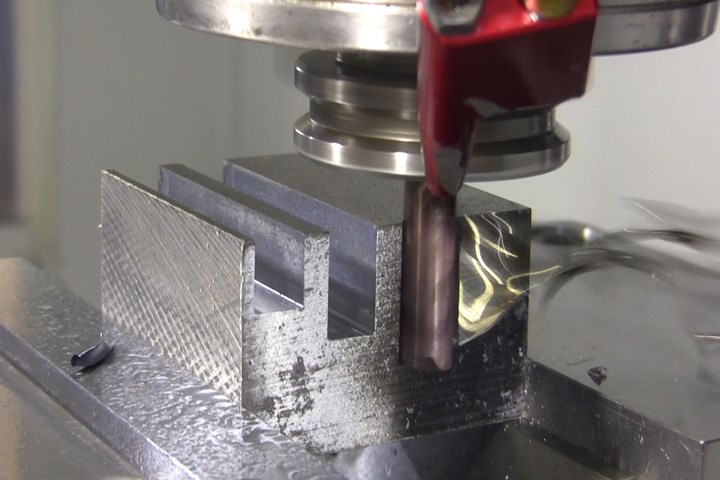Roughing End Mill Line Combats High Metal Removal Operations
Kyocera SGS announces the expansion of the Z-Carb HPR five-flute end mill portfolio with more than 900 tools.
To meet customer demands, Kyocera SGS Precision Tools has expanded the Z-Carb HPR high-performance five-flute end mill line with more than 900 new tools featuring new long, extended reach and chip breaker options to combat a wider variety of high metal removal roughing operations and optimize surface finishes.
Utilized extensively in automotive, general machining, mold and die and other industries, Z-Carb HPR’s five-flute design is engineered to increase productivity by 20-40% over conventional three- and four-flute end mills. The line features variable indexing geometry, which improves chatter suppression over symmetrical designs, and is equipped with various lengths, reach, square and corner radius styles, along with new chip breaker options to address different machining situations.
Z-Carb HPR end mills are coated with Ti-Namite-M for high heat resistance and tool life enhancement, and Ti-Namite-A for wear, edge buildup resistance and extended tool life, ensuring high performance in difficult-to-machine materials like titanium, stainless steel, cast iron, high-temp alloys and more. Special tooling design attributes are available upon request.
The series’ cutting diameter is 1/8-1", and length of cut ¼-3". Special options include internal coolant, weldon flat and chip breaker.
Related Content
-
Fundamentals of Designing the Optimal Cooling System
The right mold components can help improve mold cooling and thereby produce higher-quality parts.
-
Machine Hammer Peening Automates Mold Polishing
A polishing automation solution eliminates hand work, accelerates milling operations and controls surface geometries.
-
It Starts With the Part: A Plastic Part Checklist Ensures Good Mold Design
All successful mold build projects start with examining the part to be molded to ensure it is moldable and will meet the customers' production objectives.













